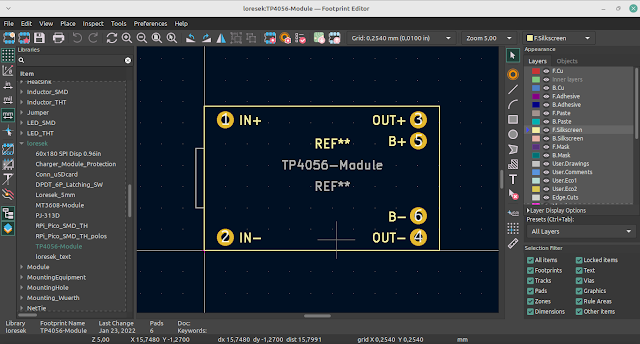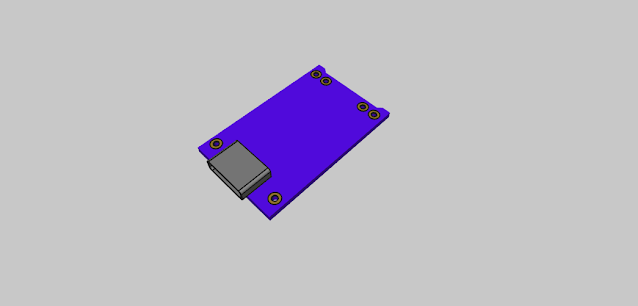Unveiling the Game Blaster (CT-1300): A Reverse Engineering Odyssey
The Creative Game Blaster (CT-1300) holds a special place in computing history, being a predecessor to the Sound Blaster line and pioneering the use of stereo sound synthesis in PCs. The efforts to reverse engineer this iconic card have recently come to light, thanks to a meticulous project hosted on GitHub. This endeavor sheds light on the card's architecture while leaving room for more discoveries. Here’s a deep dive into the current state of this fascinating project.
A Snapshot of the Game Blaster
The Game Blaster, also marketed as the Creative Music System (CMS), features dual SAA1099 sound generators and a unique ID chip. It introduced stereo audio output to the PC landscape, marking a technological leap during its era. However, the card has remained shrouded in mystery due to its proprietary design and limited documentation.
The reverse engineering project has managed to recreate a partial schematic and layout using available photos and educated guesses. While the journey is incomplete, the documentation is already an invaluable resource for enthusiasts and hardware historians.
Achievements of the Reverse Engineering Project
Partial Schematic and Layout
The project provides a partially reconstructed schematic and board layout. It reveals how the card’s key components interconnect, particularly the:
- SAA1099 sound generator chips that handle stereo audio synthesis.
- ISA data bus interface, crucial for communication with the host system.
- Mystery ID chip (CT1302A), which plays a pivotal role in the card's operations.
Despite missing details about some components, this schematic serves as a foundation for further exploration.
Mystery ID Chip: The Star of the Show
The 40-pin ID chip, marked as CT1302A, is at the heart of the card’s functionality. Its exact nature is still under speculation, with possibilities including an OTP (One-Time Programmable) or mask-programmed gate array. Reverse engineers have pieced together its basic functions:
- Managing 8-bit data bus connections to the ISA interface.
- Operating two 8-bit ports linked to the sound generators.
- Handling a shift register for additional functionality, though its full role remains unclear.
The chip also uses cryptic markings that may have been designed to confuse competitors, making reverse engineering even more challenging.
Challenges and Unknowns
The project still faces several hurdles:
- Component Values: Capacitor values such as C14, C21, and others remain unconfirmed due to limited visual references.
- Top-Layer Traces: Some traces obscured by chips and components are educated guesses.
- Revision Differences: Variances between revisions A and B of the card have not been fully documented.
- Mystery Chip Functionality: The exact workings of the ID chip and its additional features are yet to be decoded.
Insights from the CMSDRV.COM Driver
The accompanying CMS driver reveals some intriguing details about the card’s software layer:
- It employs self-modifying code to deter reverse engineering.
- It uses checksum validation to confirm the presence of the card.
- The driver’s detection mechanism includes reading from port 224h to verify a specific bit pattern, showcasing clever hardware-software integration.
These nuances highlight the sophisticated design choices of the Game Blaster, even if they were partly intended to keep competitors at bay.
Next Steps for Enthusiasts
The reverse engineering project invites the community to contribute and fill in the gaps. Here’s how you can help:
- Detailed Photos: High-resolution, angled photos of the card could help identify missing component values and trace connections.
- Hardware Testing: Using a multimeter or logic analyzer to test connectivity and waveforms could validate guesses about the circuit.
- Chip Analysis: Identifying or experimenting with the ID chip could unravel more of its mysteries. However, invasive methods like decapping might be too extreme for most collectors.
Conclusion
The partially reverse-engineered Game Blaster (CT-1300) offers a tantalizing glimpse into a pioneering piece of audio hardware. While it’s not ready to be fabricated as a functioning replica, the work done so far is a valuable stepping stone for retro hardware enthusiasts and historians. The project is also a testament to the power of collective curiosity and open-source collaboration.
If you’re intrigued by vintage hardware or want to contribute to this project, check out the Game Blaster repository on GitHub. Who knows? You might help solve one of its enduring mysteries.
https://github.com/schlae/game-blaster











